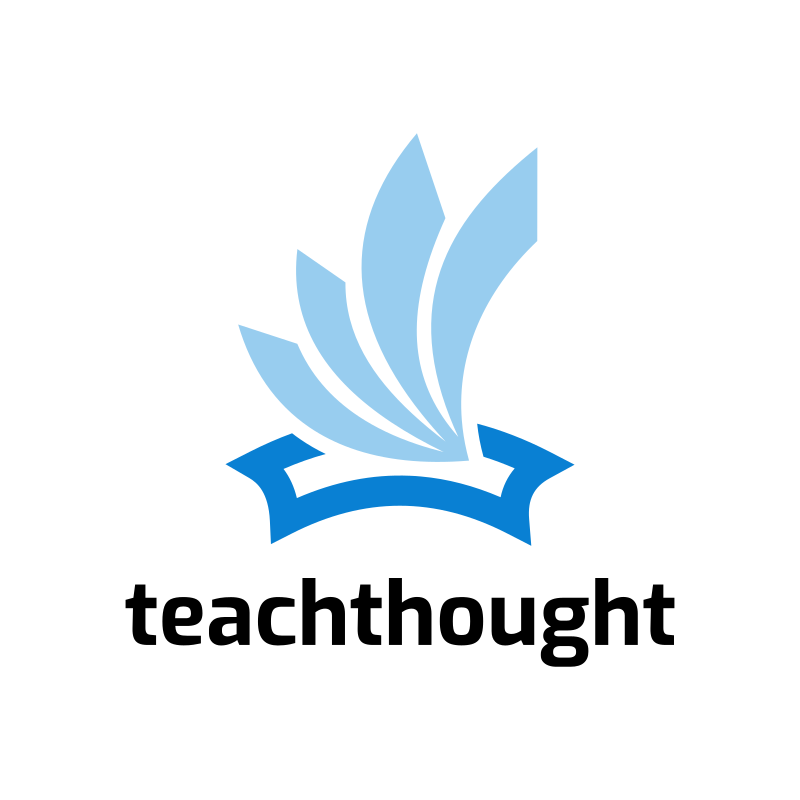From Tools to Teaching: 10 Technologies Teachers Should Rethink in 2025
In 2013, educators were encouraged to explore tools like Prezi, blogging platforms, and Khan Academy as part of a push to modernize instruction. Many of these tools either evolved into core teaching infrastructure or were replaced by more efficient or scalable alternatives. In 2025, the issue is not adoption but alignment—whether a given tool genuinely improves instructional quality and student learning. Below, we examine ten technologies from past and present, evaluating what remains useful and what demands revision or retirement.
Selwyn, N. (2016). Education and Technology: Key Issues and Debates. Bloomsbury Publishing.
Technologies That Persisted and Evolved
1. Google Workspace
Originally promoted for its real-time editing and cloud storage, Google Docs, Sheets, and Slides are now the backbone of digital classroom workflows. Google Classroom, added in 2014, integrated assignment distribution, commenting, and grading into a single platform. In districts like Chicago Public Schools and Los Angeles USD, Workspace is used system-wide for everything from formative feedback to IEP collaboration. The biggest shift has been its normalization: it’s now a basic literacy for both students and teachers.
2. Khan Academy
What began as a math video archive has expanded into a comprehensive adaptive learning system with built-in diagnostics, skill maps, and mastery learning frameworks. In districts like Fresno Unified (CA) and in charter systems like Summit Learning, Khan Academy is integrated into RTI and independent practice blocks. Teachers use its data dashboards to identify unfinished learning, assign targeted practice, and monitor progress in real time.
3. Educational Podcasting
Teachers increasingly use podcasting for flipped instruction, content previews, or reflective synthesis. In the Portland Public Schools pilot, high school students created 3–5 minute podcasts as alternatives to written responses in ELA and history. Tools like Anchor, Soundtrap for Education, and even basic Voice Memos support both production and publishing. Podcasting is not just about access—it enables asynchronous learning and strengthens student voice.
Tools That Faded or Were Replaced
4. Prezi
Marketed as a nonlinear presentation alternative to PowerPoint, Prezi gained early traction due to its zooming UI. But its complex interface, heavy browser load, and limited LMS integration led many teachers to abandon it. Canva, with its ready-made templates, or Genially, with its interactivity and SCORM export options, are now more common in schools. Visual storytelling remains important—but tool selection is now based on workflow compatibility and student usability.
5. Blogging as Reflection
In the 2010s, blogging was positioned as a vehicle for student voice and audience awareness. Today, that function has largely migrated to Google Sites, Adobe Express portfolios, or private LMS discussions. Public-facing blogs introduce privacy and moderation concerns, especially in K–8 classrooms. Writing for authentic audiences still matters, but the open-internet blog format has largely been replaced by more structured and secure platforms.
6. Flash Drives and File Attachments
Between 2010–2015, students regularly used USB drives to store essays and presentations, often emailing final drafts or printing them at school. That workflow is now obsolete. Google Drive, Microsoft OneDrive, and Dropbox EDU offer real-time collaboration and automatic saving. Teachers now comment directly in student drafts, reducing turnaround time and improving feedback quality.
Underused but Still Viable
7. Short-Form Video
TikTok, Instagram Reels, and YouTube Shorts are shaping how young people communicate and consume information. Yet few classrooms use short-form video as a structured learning format. When used intentionally—such as 60-second lab walkthroughs, retrieval practice prompts, or student-created explainer clips—these tools support transfer and memory consolidation. Clear parameters and curricular alignment are key to avoiding distraction.
8. Student-Generated Multimedia
Despite increased access to devices and apps, many students still produce primarily text-based work. Tools like Book Creator, Adobe Express, and Flip (formerly Flipgrid) support multimedia output including voice, video, graphics, and interactive slides. In social studies, for example, students can create video-based primary source analyses; in science, they might narrate lab results with visuals. These formats demand planning, synthesis, and audience awareness—often more so than traditional essays.
Technologies Teachers Should Embrace in 2025
9. AI-Powered Planning and Feedback
Tools like ChatGPT, MagicSchool AI, and Diffit offer time-saving support for teachers in lesson design, scaffolding, differentiation, and formative feedback. For example, a teacher might input a state standard and receive tiered reading passages, quiz questions, and graphic organizer prompts in seconds. However, implementation requires careful review—especially in how AI treats nuance, developmental levels, and equity. AI should be viewed as a co-planner, not a replacement.
10. Learning Analytics and Dashboards
Platforms like Kiddom, Classcraft, or Canvas LMS offer dashboards that aggregate student behavior, progress, and mastery in real time. These insights allow teachers to target interventions, group students flexibly, or revise pacing on the fly. But dashboard use is uneven across schools, often limited by training or access. When paired with clear protocols for use, these tools can increase transparency and instructional agility.
Citation
Cuban, L. (2020). The Flight of a Butterfly or the Path of a Bullet? Harvard Education Press.
